1. Ambalavanan N, Carlo WA, Shankaran S, Bann CM, Emrich SL, Higgins RD, et al. Predicting outcomes of neonates diagnosed with hypoxemic-ischemic encephalopathy. Pediatrics. 2006; 118:2084–2093. PMID:
17079582.

2. Astur RS, Taylor LB, Mamelak AN, Philpott L, Sutherland RJ. Humans with hippocampus damage display severe spatial memory impairments in a virtual Morris water task. Behav Brain Res. 2002; 132:77–84. PMID:
11853860.

3. Bangasser DA, Waxler DE, Santollo J, Shors TJ. Trace conditioning and the hippocampus : the importance of contiguity. J Neurosci. 2006; 26:8702–8706. PMID:
16928858.
4. Baram TZ, Gerth A, Schultz L. Febrile seizures : an appropriate-aged model suitable for long-term studies. Brain Res Dev Brain Res. 1997; 98:265–270. PMID:
9051269.

5. Bender RA, Dubé C, Gonzalez-Vega R, Mina EW, Baram TZ. Mossy fiber plasticity and enhanced hippocampal excitability, without hippocampal cell loss or altered neurogenesis, in an animal model of prolonged febrile seizures. Hippocampus. 2003; 13:399–412. PMID:
12722980.

6. Bronen RA. The status of status : seizures are bad for your brain's health. AJNR Am J Neuroradiol. 2000; 21:1782–1783. PMID:
11110527.
7. Dubé C, Richichi C, Bender RA, Chung G, Litt B, Baram TZ. Temporal lobe epilepsy after experimental prolonged febrile seizures : prospective analysis. Brain. 2006; 129(Pt 4):911–922. PMID:
16446281.

8. Dzhala V, Ben-Ari Y, Khazipov R. Seizures accelerate anoxia-induced neuronal death in the neonatal rat hippocampus. Ann Neurol. 2000; 48:632–640. PMID:
11026447.

9. Gottlieb A, Keydar I, Epstein HT. Rodent brain growth stages : an analytical review. Biol Neonate. 1977; 32:166–176. PMID:
603801.
10. Kwon SK, Kovesdi E, Gyorgy AB, Wingo D, Kamnaksh A, Walker J, et al. Stress and traumatic brain injury : a behavioral, proteomics, and histological study. Front Neurol. 2011; 2:12. PMID:
21441982.
11. Kwong KL, Wong SN, So KT. Epilepsy in children with cerebral palsy. Pediatr Neurol. 1998; 19:31–36. PMID:
9682882.

12. Lado FA, Sankar R, Lowenstein D, Moshé SL. Age-dependent consequences of seizures : relationship to seizure frequency, brain damage, and circuitry reorganization. Ment Retard Dev Disabil Res Rev. 2000; 6:242–252. PMID:
11107189.

13. Lafemina MJ, Sheldon RA, Ferriero DM. Acute hypoxia-ischemia results in hydrogen peroxide accumulation in neonatal but not adult mouse brain. Pediatr Res. 2006; 59:680–683. PMID:
16627881.

14. Levine S. Anoxic-ischemic encephalopathy in rats. Am J Pathol. 1960; 36:1–17. PMID:
14416289.
15. Lewis DV. Losing neurons : selective vulnerability and mesial temporal sclerosis. Epilepsia. 2005; 46(Suppl 7):39–44. PMID:
16201994.

16. Lipkind D, Sakov A, Kafkafi N, Elmer GI, Benjamini Y, Golani I. New replicable anxiety-related measures of wall vs center behavior of mice in the open field. J Appl Physiol (1985). 2004; 97:347–359. PMID:
14990560.

17. Mathern GW, Babb TL, Vickrey BG, Melendez M, Pretorius JK. The clinical-pathogenic mechanisms of hippocampal neuron loss and surgical outcomes in temporal lobe epilepsy. Brain. 1995; 118(Pt 1):105–118. PMID:
7894997.

18. McLean C, Ferriero D. Mechanisms of hypoxic-ischemic injury in the term infant. Semin Perinatol. 2004; 28:425–432. PMID:
15693399.

19. Morris R. Developments of a water-maze procedure for studying spatial learning in the rat. J Neurosci Methods. 1984; 11:47–60. PMID:
6471907.

20. Provenzale JM, Barboriak DP, VanLandingham K, MacFall J, Delong D, Lewis DV. Hippocampal MRI signal hyperintensity after febrile status epilepticus is predictive of subsequent mesial temporal sclerosis. AJR Am J Roentgenol. 2008; 190:976–983. PMID:
18356445.

21. Radulovic J, Tronson NC. Molecular specificity of multiple hippocampal processes governing fear extinction. Rev Neurosci. 2010; 21:1–17. PMID:
20458884.

22. Rice JE 3rd, Vannucci RC, Brierley JB. The influence of immaturity on hypoxic-ischemic brain damage in the rat. Ann Neurol. 1981; 9:131–141. PMID:
7235629.

23. Scott RC, King MD, Gadian DG, Neville BG, Connelly A. Hippocampal abnormalities after prolonged febrile convulsion : a longitudinal MRI study. Brain. 2003; 126(Pt 11):2551–2557. PMID:
12937081.

24. Sloviter RS, Kudrimoti HS, Laxer KD, Barbaro NM, Chan S, Hirsch LJ, et al. "Tectonic" hippocampal malformations in patients with temporal lobe epilepsy. Epilepsy Res. 2004; 59:123–153. PMID:
15246116.

25. Thom M, Zhou J, Martinian L, Sisodiya S. Quantitative post-mortem study of the hippocampus in chronic epilepsy : seizures do not inevitably cause neuronal loss. Brain. 2005; 128(Pt 6):1344–1357. PMID:
15758032.

26. Tsien JZ, Huerta PT, Tonegawa S. The essential role of hippocampal CA1 NMDA receptor-dependent synaptic plasticity in spatial memory. Cell. 1996; 87:1327–1338. PMID:
8980238.

27. Unal-Cevik I, Kilinç M, Gürsoy-Ozdemir Y, Gurer G, Dalkara T. Loss of NeuN immunoreactivity after cerebral ischemia does not indicate neuronal cell loss : a cautionary note. Brain Res. 2004; 1015:169–174. PMID:
15223381.
28. Vannucci RC, Connor JR, Mauger DT, Palmer C, Smith MB, Towfighi J, et al. Rat model of perinatal hypoxic-ischemic brain damage. J Neurosci Res. 1999; 55:158–163. PMID:
9972818.

29. Verity CM, Ross EM, Golding J. Outcome of childhood status epilepticus and lengthy febrile convulsions : findings of national cohort study. BMJ. 1993; 307:225–228. PMID:
8369681.

30. Vorhees CV, Williams MT. Morris water maze : procedures for assessing spatial and related forms of learning and memory. Nat Protoc. 2006; 1:848–858. PMID:
17406317.

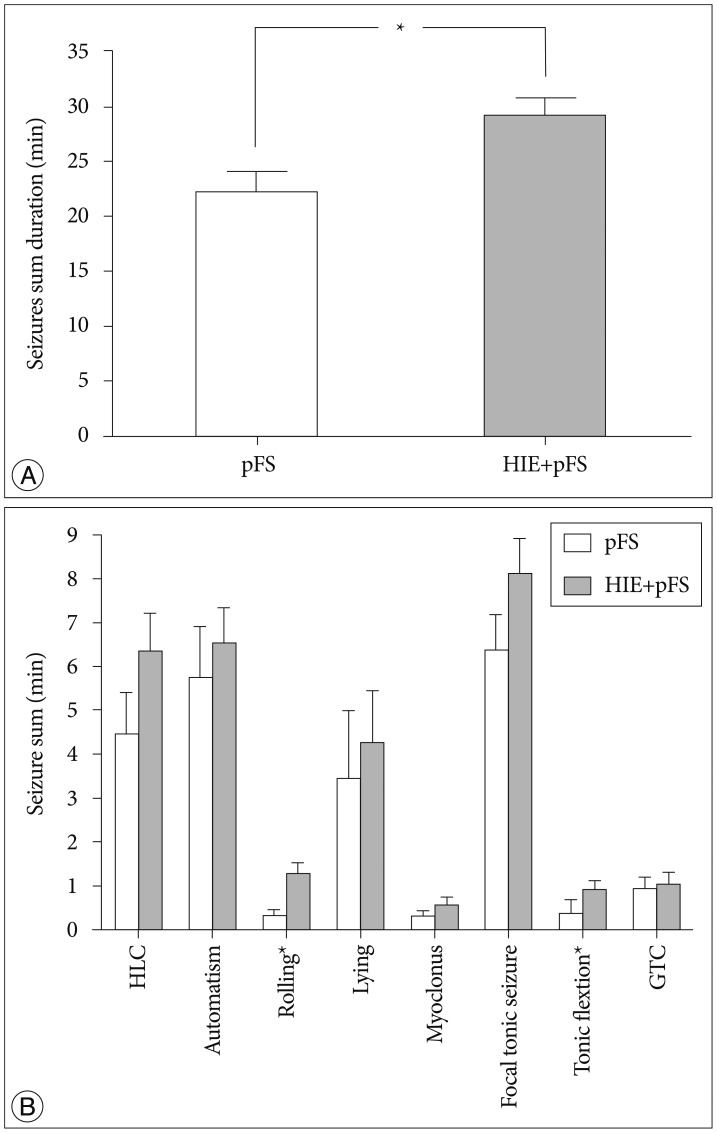
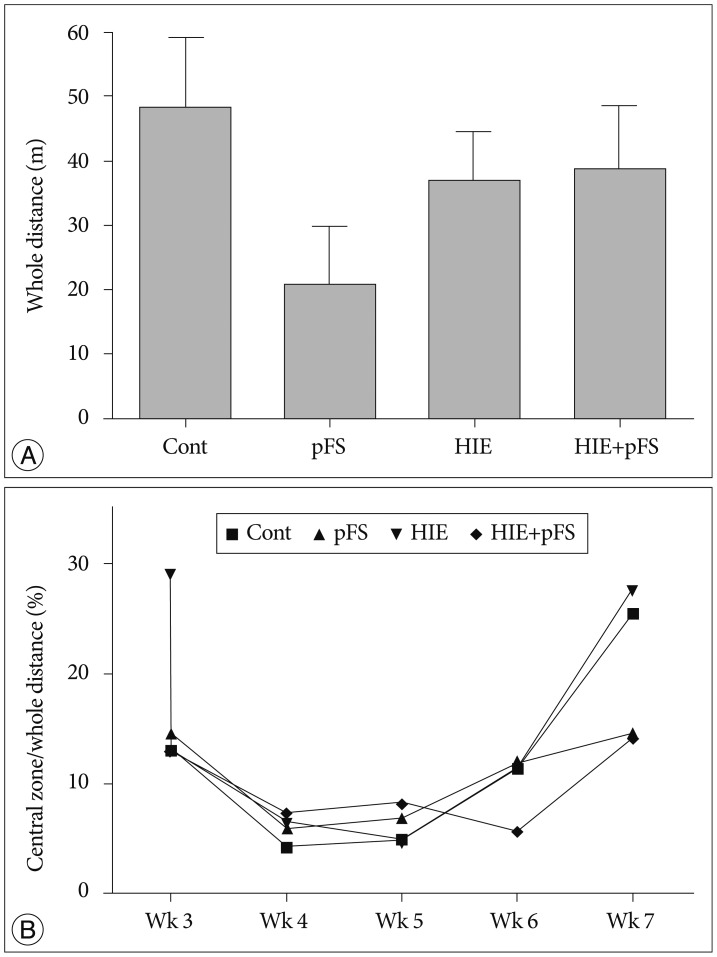
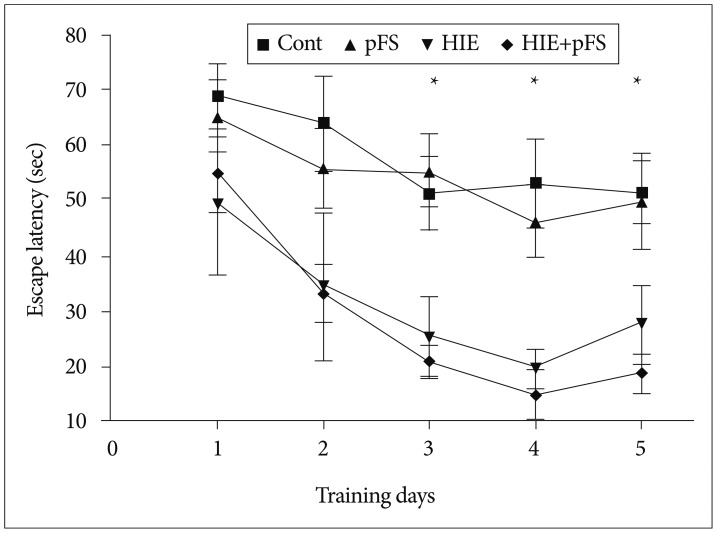
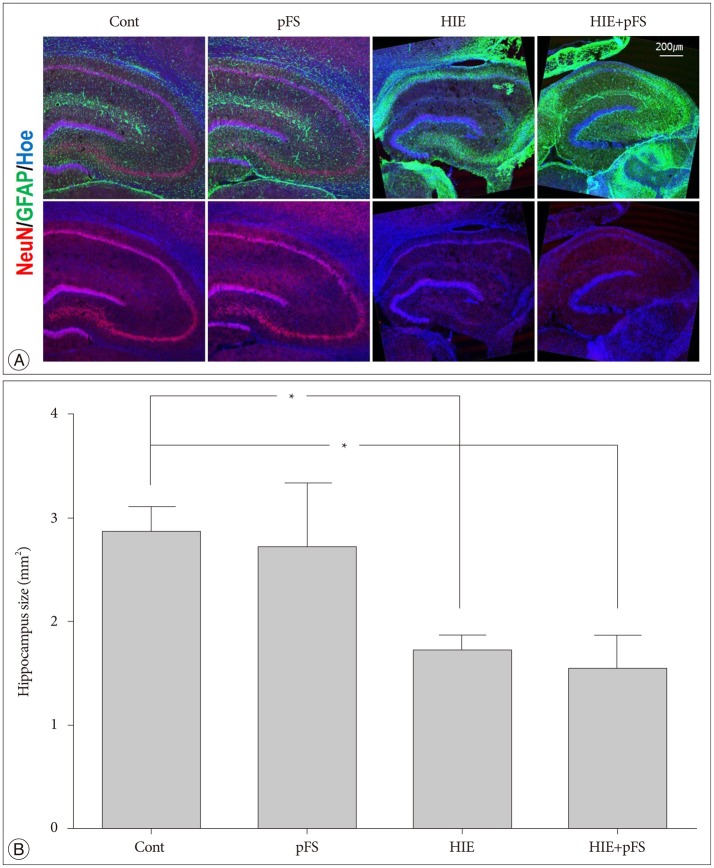
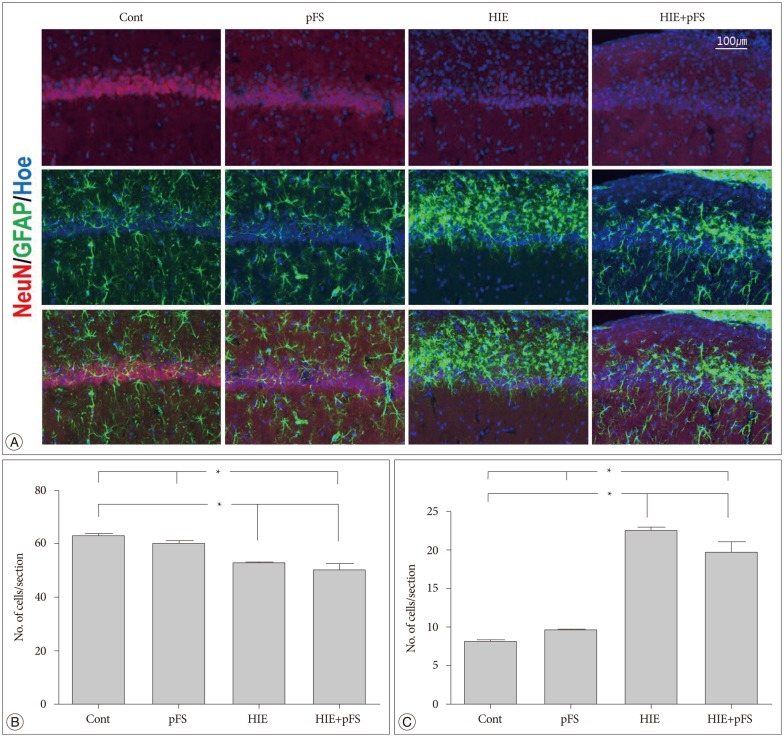




 PDF
PDF ePub
ePub Citation
Citation Print
Print


 XML Download
XML Download